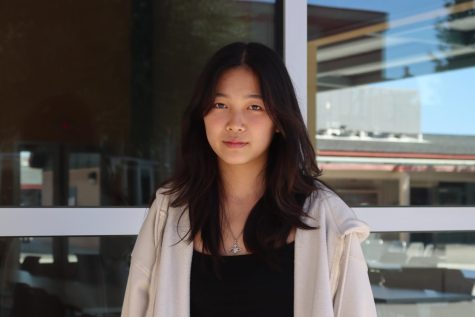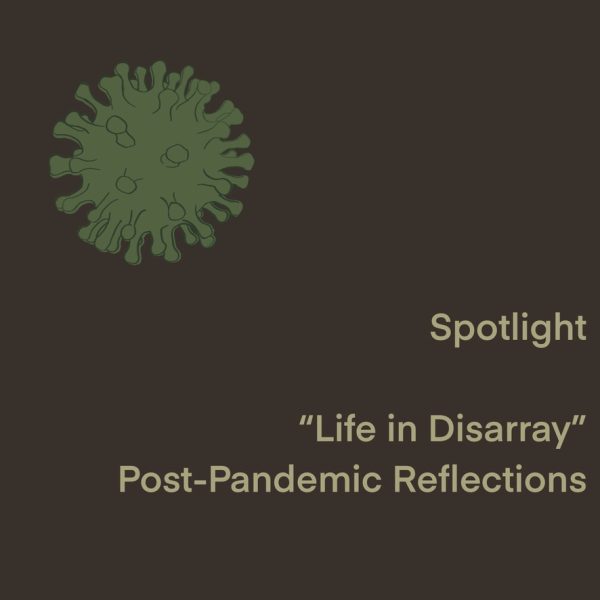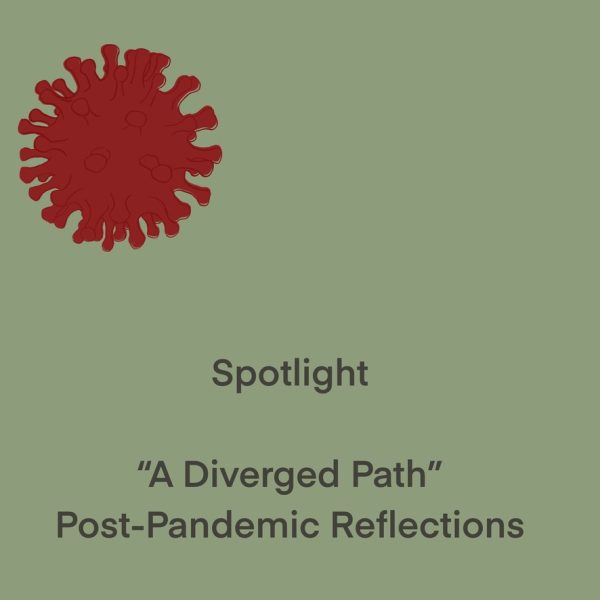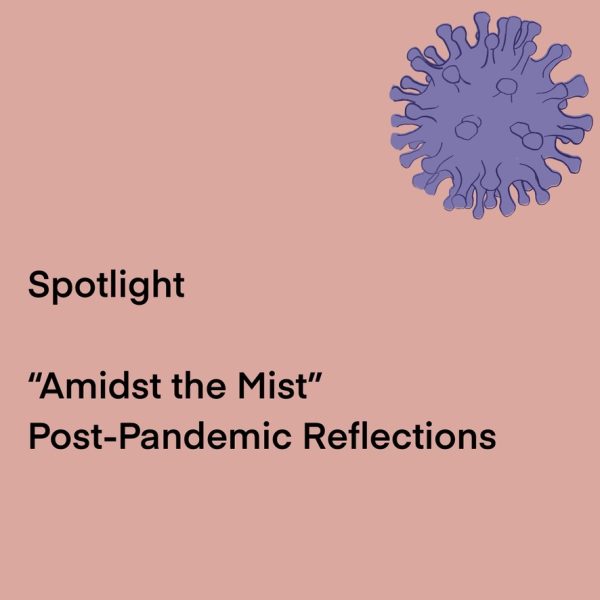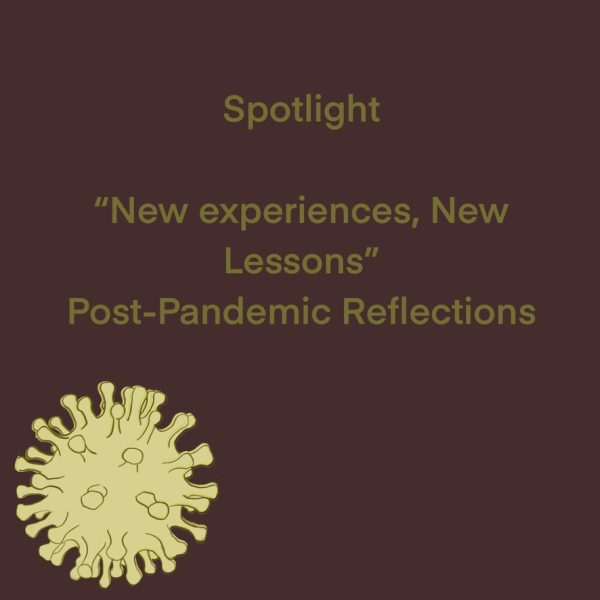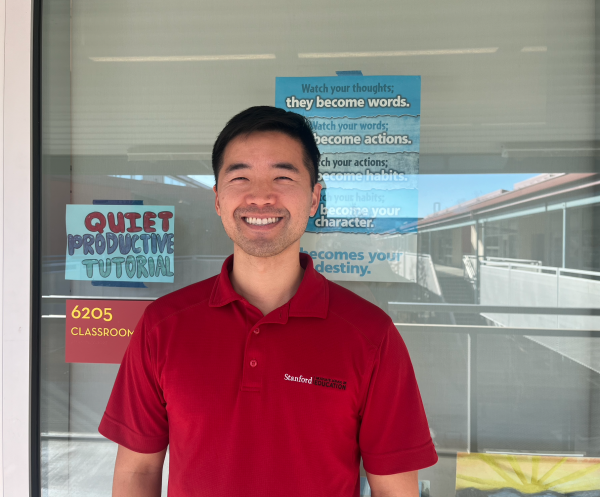Hugo Steemers’ Story on His Journey with Face Blindness
Face blindness, or prosopagnosia, is an impairment of facial recognition in individuals. Up to 1 in 50 people have some degree of face blindness, although most people are unaware of it. Although, Hugo Steemers, a long-time physics teacher at Cupertino High School, has always been conscious of his condition.
“[F]or me, I always knew I wasn’t as good as some of my colleagues at identifying people or putting names to people’s faces who I had seen before. But when you become a teacher, and you’ve got 160 students, it becomes very clear that you don’t have the skills that I’m so envious of in many of my peers, some of which who can put names to faces of most of their students, by the end of the first week. That’s impossible for me even by the end of the year,” said Steemers.
In the most severe cases of prosopagnosia, even close friends and family appear unfamiliar. While Steemers’ face blindness resides on the milder end of the spectrum, being able to recognize close friends and immediate family, he often experiences difficulty identifying students solely by face, relying on physical characteristics instead.
“It could be particularly long hair or short hair or hair that’s dyed a certain color. But frankly, I recognize students more by their build; tall, short, or the way that they walk. [E]verybody has slightly different ways of walking, so I can use that. And a big one is how they dress. I have [a student] who always wears the same sort of bucket hat and she’s easily identified that way.”
Although unique characteristics among certain students can be helpful, identifying students comes on a case-by-case basis.
“I have some students who I can identify from 50 yards away. Most often in the way they walk and sometimes in the energy they project, just beaming smiles on their faces, even with masks on. There are groups of friends who come in, which helps a little bit as well, as I can associate with them. [I]n other cases, If you put three students in front of me, and I close my eyes, and they switch positions, I wouldn’t notice.”
“You certainly learn to become more aware of, and maybe more sensitive to, other demeanors. But I do think that my peers do that really well as well. I greet students at the door at the beginning of every lesson. And that gives me the opportunity to watch them walk up to the door to see how they’re feeling. Are they upright and bright, talking to their friends as they come in? Or are they walking in hunched with a hoodie over their head and just appear quite small? So we look for things like that, just to get a sense if a student may be struggling with something, and use that as an opportunity to just chat with them for a minute or two and see what’s going on.”
Steemers first recognized his prosopagnosia upon becoming a teacher, when he realized he wasn’t as apt as some of his peers in putting names to student’s faces. This led Steemers to speak to his doctor and conduct research, reaching the conclusion that he had a mild case of face-blindness.
“Face blindness can lead to a certain level of social anxiety. You can imagine that, as a teacher, especially if the student has known you for several months, and you just can’t remember their name, it can communicate a sense of disinterest or disengagement with your students. You’d like to be able to call them by their name. That’s one way of showing that I care for them that I struggled with.”
During the return to in-person learning following a year of distance learning, Steemers, along with the majority of his fellow colleagues experienced difficulties with the addition of face masks.
“[I]f I got to know them with masks, I sort of filled in the gaps. So, a combination of clothing, physical appearance and how they walk and move all get put together into this image. So when they take the mask off, or they don’t wear a mask anymore, I have to start again. It’s really quite extraordinary. It just throws me off completely. But I think masks have certainly made it so difficult for so many of my peers.”
Despite the difficulties presented by prosopagnosia, Steemers remains an optimist, believing heavily in positive influence in his teaching.
“I’d like to think I’ve communicated that I believe in my students and what they’re capable of. Before a test, I’ll say something like, ‘I’ve seen your work. You guys have got this. Just take a deep breath. I know you’ve got this.’ And quite a bit of research has shown that just saying something optimistic like that has an impact on student grades.”
Steemers’ optimist philosophy extends beyond his teaching life, allowing him to find the silver lining in his face-blindness.
“The part of your brain that allows you to identify faces, I don’t have that. I’d like to think I’m using it for something else. I just haven’t figured out what that something else is yet. Maybe I wouldn’t be good at physics if I use part of that brain to identify faces. But then again, it’s not the worst thing in the world, right?”









